
Piano, finally
Piano Finally is a podcast by an old bloke who is learning the piano, finally. I cover the process of learning the piano and music theory as an adult learner. I also review piano books, hardware and other materials from an adult learner's perspective.
Piano, finally
Episode 49 - Do I Need A Piano Teacher?
Thanks for tuning in to Episode 49! This week, I talk about why piano lessons are back, how progress changes when there’s someone else listening, and whether it’s worth having a piano teacher at all (spoiler: yes, it is).
🎼 Back to Lessons
Lessons resumed this week after the summer break—though it’s a short term, just five weeks before Devi heads overseas again. Playing the Spindler Canon and the Bagatelle in F in front of someone else felt very different than at home. I also made a bit of progress on Mozart—those first two bars are getting there, slowly.
🎬 YouTube Pick – Andy Chamberlain Music
This week’s video recommendation is You’ve Been Lied To About Time Signatures by Andy Chamberlain Music. It starts with theory basics, then dives into some wonderful historical context—particularly from 18:45 to 24:40, where Andy explains how 13th-century notation influences what we see on the page today.
Watch it here: https://www.youtube.com/watch?v=WfWy5yhAukA
🧠 Essay – Do you need a piano teacher?
After a year of lessons, I reflect on how much more I’ve enjoyed and benefited from guided learning than I did trying to go it alone. From immediate feedback and technique tips to having someone who finds pedal technique as interesting as you do—it makes all the difference. Devi helped me fix timing in Afternoon Snooze and even fingering in Der Vogelfänger. For me, lessons are more than worth it.
🎹 Review – K&M Keyboard Stand
I recently bought a K&M 18810 Omega stand for the Nord Stage 4. It’s rock solid, holds the 20kg keyboard without a problem, and looks like it’ll last a lifetime. I’ve added the second-tier riser, a laptop shelf, and an iPad holder—great flexibility, sturdy German engineering, and easily sourced here in Australia.
More about K&M: https://www.k-m.de/en/
Where I bought mine: https://www.turramusic.com.au/products/konig-meyer-k-m-18810-omega-keyboard-stand
🎧 Progress Update
You’ll hear Afternoon Snooze and Blackout Blues again this week, plus the two bars of Der Vogelfänger bin ich ja I’ve been polishing. I’m also working on Wild Chase by Wynn-Anne Rossi—an energetic piece that’s tricky because the melody is shared between both hands. Not ready to record yet, but it’s underway.
Everything was recorded on the Kawai NV10 with Pianoteq 8 using the Anton Petrov Grand in Recording Mode One.
📬 Get in Touch
Email: david@pianofinally.show
Website: http://www.pianofinally.show
Also on Instagram and YouTube (audio only). Subscribe via Apple Podcasts, Spotify, or your favourite app.
🎉 Coming Up
Next week marks the podcast’s first birthday, and I’ll take a look back at the year that was.
Until then, I ho
You can contact me:
- via email at david@pianofinally.show; this is probably the best option
- the show website, www.pianofinally.show
- Instagram and Threads @pianofinally
- and on YouTube
- all the podcast directories - list
- here's the RSS feed
Some of the links to books and other items mentioned in the podcast are affiliate links for Amazon or other providers. If you use one of these links, a commission may be paid to me at no additional cost to you. Thank you if you use a link.
All reviews of products, websites and services are unpaid, and no sponsorship has been received for any content on this podcast.
G’day, everyone. I’m David Reidy; welcome to Piano, finally, a podcast by an old bloke who is getting around to learning the piano, finally.
[Crab Canon]
Welcome
Welcome to show forty-nine. Thank you very much for joining me. If this is the first time you’re listening to the podcast, I hope you enjoy what you hear. If you’ve returned for another episode, then thanks. If you too are learning the piano or another musical instrument, let me know how you’re going with it. You can contact me at david@pianofinally.show.
Piano lessons started again this past week on Monday after work. Although the school term is ten weeks long, the piano term is only going to be five weeks as my piano teacher will be travelling overseas again in a month’s time. It has been a while since the last lessons, and I’ve been practising fairly consistently during the break, but I think I make more progress when I have lessons as well.
Playing during lessons is different to practising at home, and I thought I tell you about two things that happened during the last lesson. During the break, I got the Spindler Canon to a level where I can confidently play it, and the Daniel Gottlob Türk Bagatelle in F is pretty much there too; both of them are in the one play per practice session category.
The Canon I have played a lot, since it is quick and simple, I have been using it as the piece I play when checking out the different sound settings on the new Nord keyboard. At a rough estimate, I must have played it well over a hundred times on the Kawai and the Nord over the past month. I can even play it with my eyes closed, which is not quite as impressive as it might be because there is only one note that is not in the stationary five-finger position. So I wasn’t concerned when Devi asked me to show her where I was up to after the break.
I started on the piece and mucked it up before I got halfway, and then made more mistakes a few notes later. The piano I use at lessons is a small grand piano, but my Kawai has a grand piano keyboard action, so it couldn’t have been that. The Nord has a weighted action, as does my Roland, and the school piano is also a grand, and I can play the Canon reliably on all of those, so I don’t think the keyboard feel has anything to do with it. Devi said that no one ever turns up at a lesson and says “I play that better here than I do at home.”
Later in the lesson, we were looking at the Mozart I have been working on, and making little progress. I can do each hand easily, but when I try them both together, it sounds awful. Even the very simple Alberti bass in the first full bar wasn’t sounding good with the melody, and the next bar sounded worse. Playing it this time, though, it held together much better, and although there is a long way to go, it didn’t sound too bad. It is slowly getting better at home, but only by virtue of the fact that I’m concentrating on just those first two bars, and playing them slowly and around ten times per practice session. You’ll hear it later.
[Crab Canon]
YouTube – Andy Chamberlain Music
This was an interesting discovery. I still watch a lot of music theory videos, often I will start them, see if they are either too advanced or too basic and then watch some of them all the way through. This is mainly because the videos can be quite long. I usually avoid clickbait titles, so I’m not sure why I clicked on ‘You’ve Been Lied To About Time Signatures’ by Andy Chamberlain Music.
The video starts in an interesting way and covers some fairly basic ground about time signatures and their place in music. Andy includes many examples from other YouTube creators and their explanations of time signatures. Many of those snippets were from channels I watch fairly regularly, such as David Bennett and Piano Tips. This leads to further discussion about the intersection of notation, theory and actual music. There are plenty of examples illustrating the points.
The most interesting part, and the main reason I am recommending the video is the section from 18:45 to 24:40 where Andy explores the history of music notation starting in the late 13th century with Ars Cantus Mensurabilis. In this section he covers the changes to the way notes were written and explains some of the conventions we still use today. For example, there is a reason that adding a dot after a note increases its length by 50%, and it comes from this early form of notation.
The video goes on to look at a different way of describing the rhythm of music, which frankly seems unnecessarily complicated and, I think, is the real reason that Andy made the video. I still haven’t finished that section.
So, if you’d like a quick introduction to where a lot of musical notation came from, I’d recommend ‘You’ve Been Lied To About Time Signatures’ by Andy Chamberlain Music, at least the section up to 24:40.
https://www.youtube.com/watch?v=WfWy5yhAukA
[Crab Canon]
Essay – Do you need a piano teacher
It’s now been over a year since I started learning the piano with a teacher, and I've been thinking about whether making the decision not to go it alone was the right one. And overwhelmingly, the answer is “yes”.
There are many things that I have taught myself. When I started computer programming, all that was available were microprocessor technical manuals, so I learned by playing around and discovering. Circuit board design and electronics were similar; working from magazine articles and library books was the only way to get started. All this was while I was still in high school and didn’t have access to anyone who was actually doing this.
So when I decided to get around to learning the piano finally, it initially made sense to just teach myself. After all, with the amount of material available on YouTube for free, or in online courses at quite cheap rates, it would be much simpler than when I had to wait month to month for issues of Electronics Australia.
I went and bought some beginner books, watched some videos and decided that although I was getting somewhere, something was missing. If I didn’t get something, and rereading or rewatching didn’t help, I really didn’t have anywhere to go, at least not immediately. That led me to seek out a teacher.
So how is having a teacher so beneficial that I look forward to each week’s lesson? Why is it worth the money? I’ve now paid more in tuition than I paid for the first Roland keyboard, but it has been well worth it, I think I get much more enjoyment from my learning than I would otherwise. And there are a few reasons for this.
The first is that almost immediate feedback. When I play a piece at home, I can usually judge if it sounds ok. I’m pretty good at picking up wrong notes, but not nearly so good at noticing when I’ve got something else wrong – provided it makes sense, I probably won’t notice. A case in point is the fifth bar of Afternoon Snooze, where I’ve been playing it as three crochets. However, it sounds fine, so I hadn’t noticed that it is actually a crochet, a dotted crochet, and a quaver, which sound distinctly different and much better. It took Devi to point it out, and then about three weeks to break the habit of playing it the old way.
The second reason is that I can ask questions about technique and work through the answer. There is a spot in the Der Vogelfänger where it is necessary to play two different notes with the same finger. I had been playing both with my little finger, so it went 5, 5, 4, 2, 3. Devi suggested trying 5, 4, 4, 2, 3 as the first note played with finger 4 is shorter, and so the movement is less obvious. And yes, it does work better, you will hear it in the progress section.
The third is that you have someone to talk nerdy music stuff with. It’s nice just to be able to talk about what you're finding easy, what you're finding hard, and what your plans and goals are. Yes, you can discuss the piano with family and friends, but unless they are also interested in learning the piano, they are unlikely to find your discussion of pedal technique a riveting dinner table conversation.
Lastly, there is accountability. I don’t have a problem practising. I mostly look forward to spending time at the keyboard, and I get frustrated when other things get in the way, like late-night finishing debating evenings. But I can see that some people may need an extra push. Having a teacher you will be sitting down with on a regular basis means that you’re going to put in the time so you don’t disappoint them.
An online teacher can be almost as good, as long as you have a decent internet connection and a good camera, but I think that nothing really beats having an in-person lesson. I also know that there are many people who teach themselves independently and who are making good progress. But for me, the extra encouragement I get from having a piano teacher is well worth it.
[Crab Canon]
Review – K&M Keyboard Stand
Both the Roland keyboards I have bought were available with stands from Roland that I bought at the same time as the keyboard. They integrate the triple pedal and are working really well. The Kawai is a full piano, so I haven’t needed to think about separate stands until I bought the Nord Stage 4 recently.
Nord does make a stand for the Stage 4, but it appears to be very lightweight, and I’m not sure how robust it would be. Looking at how the keyboard is used by other musicians in their videos, it seems that all of them use a much more robust stand, so I thought I’d see what was available.
There are a lot of different stands available, and so I embarked on an extensive YouTube review, looking for the best solution. It appears that there are three main types of stands for keyboards; some are made for easy transport, while others are not so much. I’m not going to be transporting the stand anywhere on a regular basis, so I skipped looking at the X-style stands that are made to fold easily, but which look to be the least stable of the types.
I wanted a good, solid stand, and one that could do more than just hold up the keyboard; many of the reviews pointed to two brands, Liquid Stands and König & Meyer. Liquid Stands are made in Florida, while K&M are made in Germany. Both brands are made from high-quality steel and appear quite sturdy. In the end, I chose to go with König & Meyer because they were more readily available here. It is possible to order directly from Liquid Stands, but the cost of shipping to Australia makes them prohibitively expensive.
I bought the K&M 18810 stand, which is the base of a modular unit that will support the Nord with no difficulty. The Stage 4 weighs almost 20 kg, but the stand is completely solid with the keyboard in place. I have it set to sitting height, but I tried it at standing height too; the stand is adjustable, and it was just as stable.
I bought the second keyboard riser. This would let me put another, lighter, keyboard above the Nord. I’m not using it for that, but as a shelf so I can have the laptop conveniently placed. K&M make a shelf that fits the keyboard riser and gives me lots of room. A holder for the iPad completes the set up.
The K&M stand was reasonably expensive, but its build quality is excellent and I expect that it will last a very long time. The availability of lots of different add-ons means that you can build a solution that fits your needs pretty much exactly. I’ll put a link in the show notes to the König & Meyer site, and to Turramurra Music in Sydney, where I bought mine. Remi was really helpful, and the shop was able to get in the accessory parts that they don’t normally carry.
https://www.turramusic.com.au/products/konig-meyer-k-m-18810-omega-keyboard-stand
[Crab Canon]
Closing
I’m recording this episode on Saturday, as I am going to see Sir Stephen Hough play Brahms’ 1st Piano Concerto with the Sydney Symphony Orchestra at the Opera House tomorrow. I’ll let you know how it goes in the next episode. Spoiler: I expect it will be fine.
Next week also marks the first birthday for the podcast, I expect I’ll do a bit of a look back.
If you’d like to contact me, email is the best way. You’ll find me at david@pianofinally.show and the website at www.pianofinally.show. In both cases, pianofinally is all one word. The show is also on Instagram and available as audio-only on YouTube. You can subscribe via any popular iOS or Android podcast application or from directories such as Apple Podcasts, Spotify, or YouTube. I also post an excerpt and link for each episode as an Instagram reel.
If you’re learning an instrument, let me know where you are in your journey. What’s going well, and what are the challenges?
So, until next week, I hope your piano stays in tune and you enjoy your time at the keys.
[Crab Canon]
Progress
I have included the Andrew Craggs pieces Afternoon Snooze and Blackout Blues again this week, and the two bars of Mozart’s Der Vogelfänger bin ich ja I have been concentrating on. The plan is to add the next two bars next week. I’m also practicing a new piece, Wild Chase by Wynn-Anne Rossi, but it’s not at the stage of being demonstrated yet. This new piece can’t be practised hands separately as it splits the melody between both of them. It’s proving challenging, but then isn’t that the whole point?
The pieces were recorded using the Kawai NV10 as the keyboard and Pianoteq 8 on the M4 Pro Mac Mini, emulating the Anton Petrov Grand Piano in Recording mode one.
[Practice pieces]
Podcasts we love
Check out these other fine podcasts recommended by us, not an algorithm.

Connected
Relay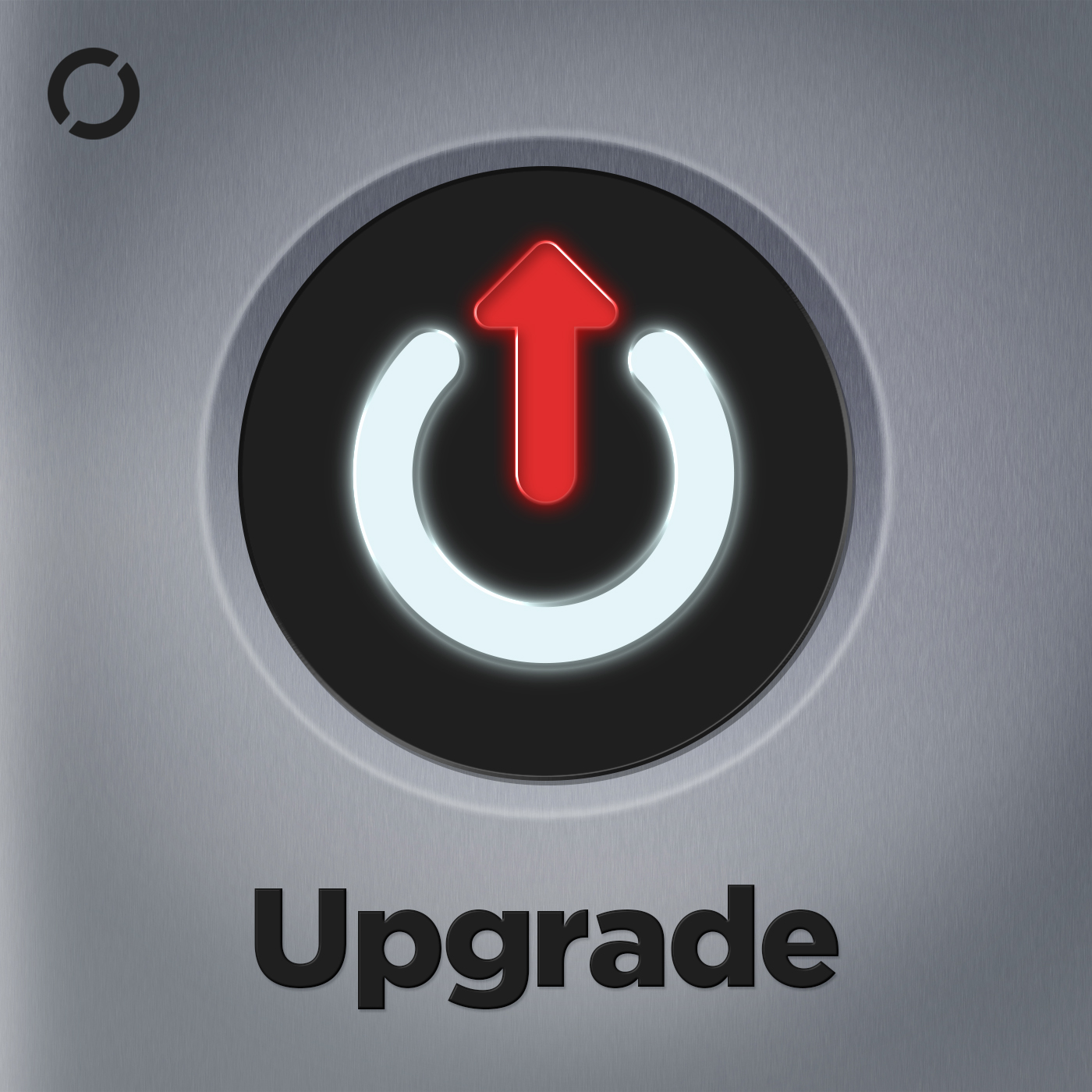
Upgrade
Relay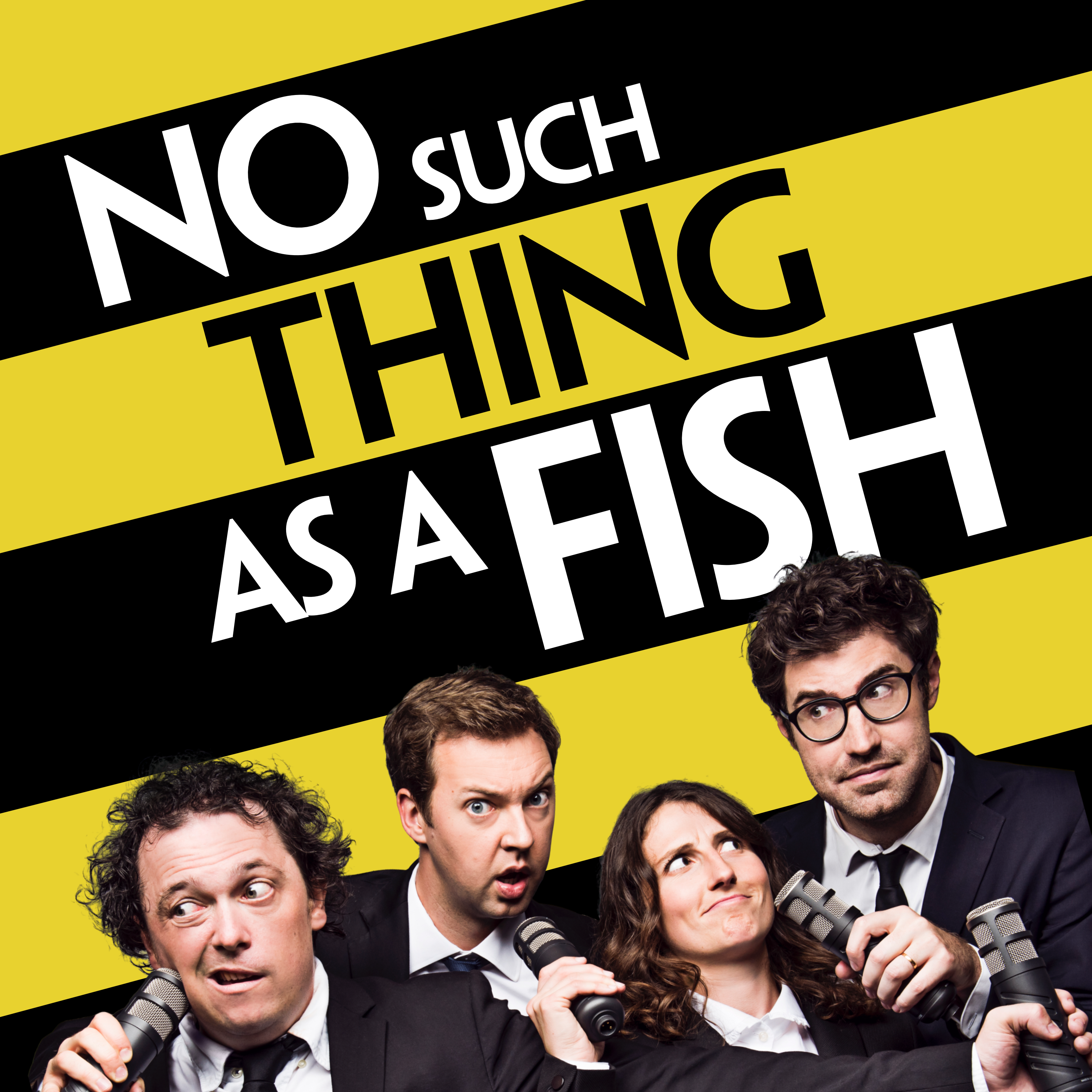
No Such Thing As A Fish
No Such Thing As A Fish
We Can Be Weirdos
Global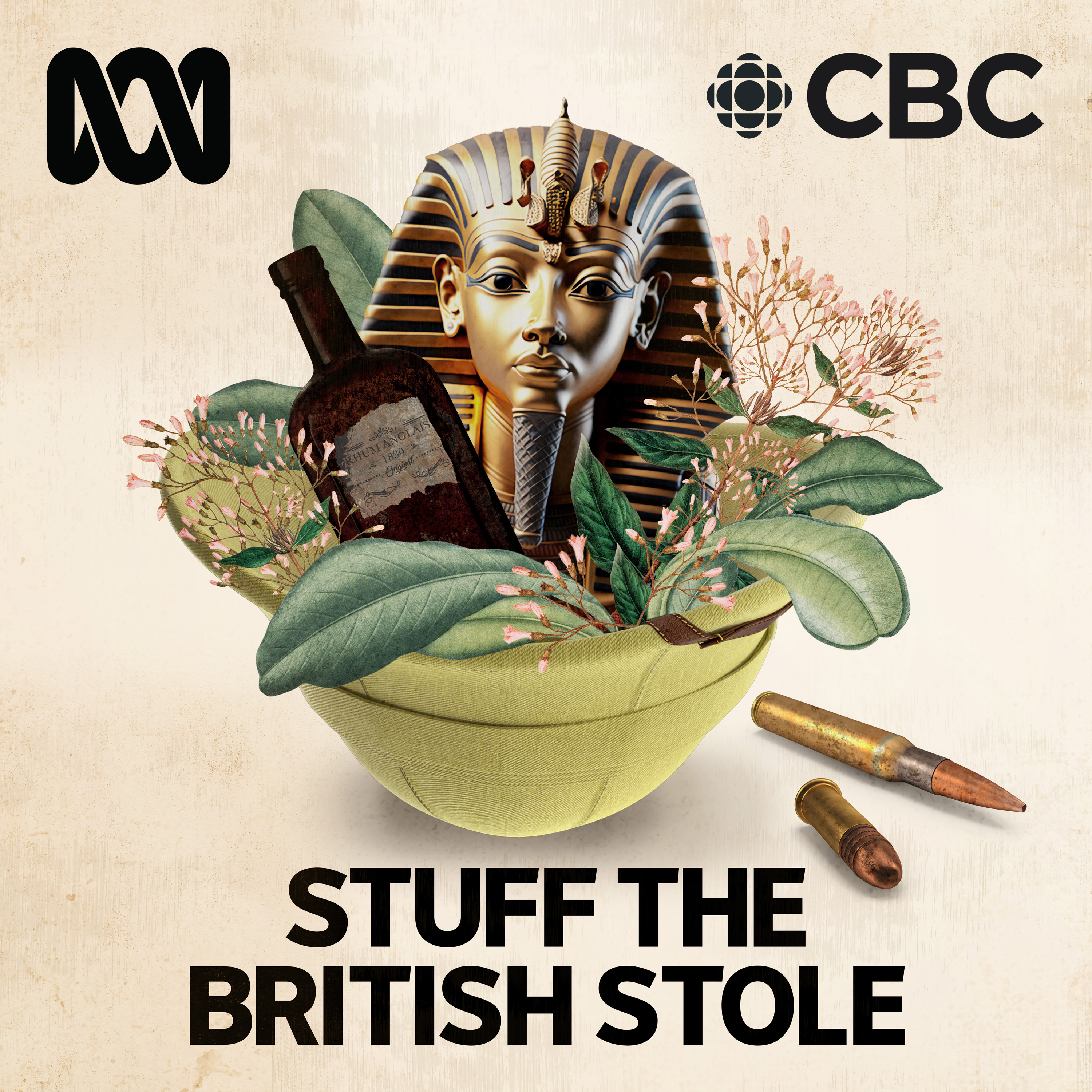
Stuff The British Stole
ABC and CBC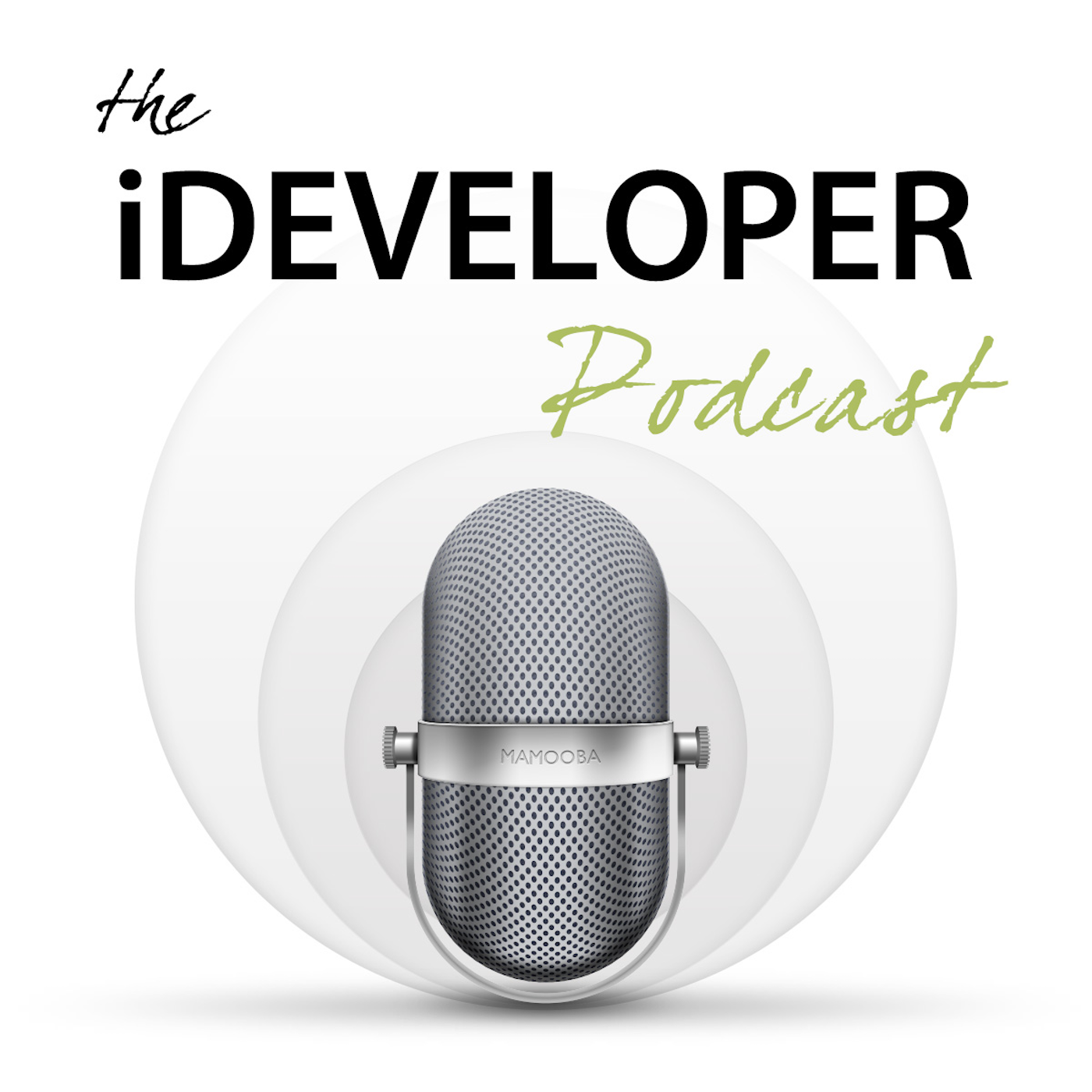
The iDeveloper Podcast
Steve Scott (Scotty) & John FoxRaven On: A Pop Culture Podcast
Natalie Bochenski & Stuart Layt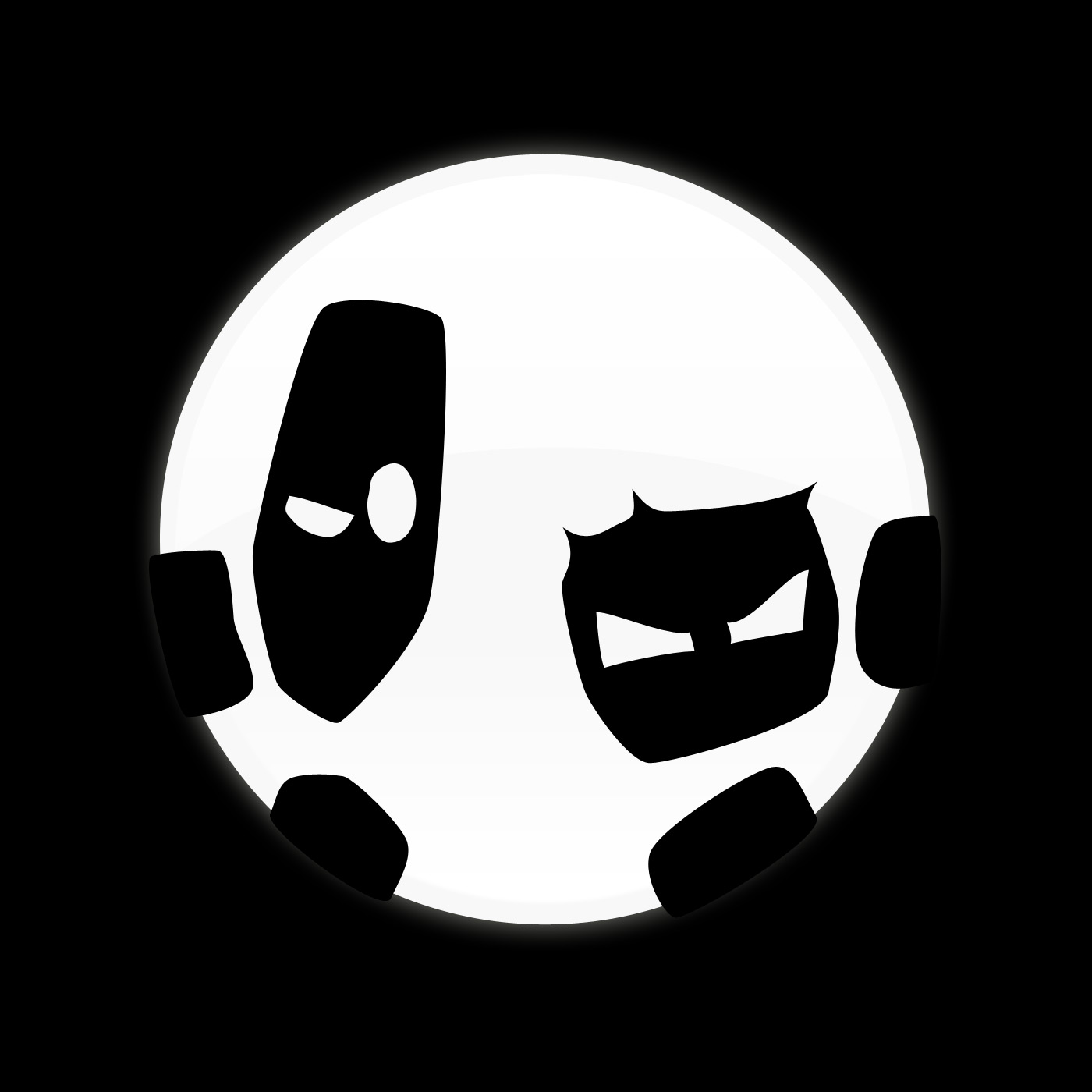
Smart Enough to Know Better
Dan Beeston & Greg Wah
TopMusic Piano Podcast
Tim Topham
The Chopin Podcast
Garrick Ohlsson and Ben Laude



